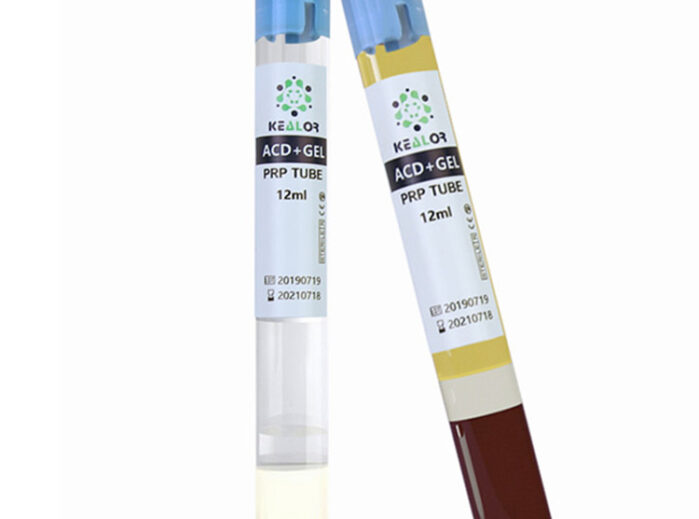Platelet-Rich Plasma (PRP) therapy has been making waves in the world of medicine and aesthetics. From sports injuries to skin rejuvenation, this versatile treatment has been hailed as a “magic potion” for its remarkable healing and rejuvenating effects. But have you ever wondered what goes into creating this elixir of life? In this blog, we’ll take a closer look at the components of a PRP kit and unveil the science behind this innovative treatment.
The PRP Kit: A Marvel of Modern Medicine
A PRP kit is a specialized medical device designed to extract and concentrate platelet-rich plasma from your own blood. It’s a key player in the PRP therapy process, as it ensures that the final product is rich in growth factors and platelets, which are essential for tissue repair and regeneration.
1. Blood Collection Tubes
The journey of PRP starts with the collection of your blood. PRP kits typically include high-quality blood collection tubes. These tubes are often made of medical-grade plastic and come in different sizes. The blood collection tubes are essential for safely collecting the blood sample that will be processed to create PRP.
2. Anticoagulant Solution
Once your blood is collected, it needs to remain in a liquid state to prevent clotting. This is where the anticoagulant solution comes into play. It is a vital component of the PRP kit, as it ensures that your blood stays in a liquid form during processing.
3. Centrifuge Machine
The heart of the PRP kit is the centrifuge machine. This sophisticated device spins the collected blood sample at high speeds. The centrifugal force separates the blood into its various components, with the heaviest components, like red blood cells, sinking to the bottom, while the PRP rises to the top.
4. PRP Collection Syringe
Once the centrifugation process is complete, the PRP is carefully drawn into a PRP collection syringe. This syringe is specially designed to facilitate the precise extraction of PRP, separating it from other blood components.
5. PRP Activator
In some PRP kits, an activator may be included. This activator is often made up of calcium chloride and serves to activate the platelets within the PRP, priming them for their regenerative duties.
6. Safety Components
Safety is paramount in PRP therapy. Many PRP kits come with additional components like sterile gloves, alcohol swabs, and safety needles to ensure that the entire process is as hygienic and safe as possible.
The Alchemy of PRP
Once all these components come together, the PRP kit performs a kind of alchemy, transforming your blood into a concentrated serum rich in platelets and growth factors. This PRP serum is then ready for injection or application, depending on the intended use, be it skin rejuvenation, hair restoration, or healing sports injuries.
Conclusion
The components of a PRP kit may seem simple, but it’s their precise combination and the cutting-edge technology that make PRP therapy such a powerful tool in modern medicine and aesthetics. This magical elixir, derived from your own blood, has the potential to heal, rejuvenate, and transform, offering new hope and opportunities for those seeking natural, non-surgical solutions to various health and cosmetic concerns.
As PRP therapy continues to evolve, it’s clear that the components of a PRP kit are at the heart of its success. This innovative approach to healthcare underscores the transformative potential of science and the human body’s innate capacity to heal itself. So, the next time you hear about the wonders of PRP therapy, remember that it all begins with the components of a PRP kit, working together to create a truly remarkable elixir.








